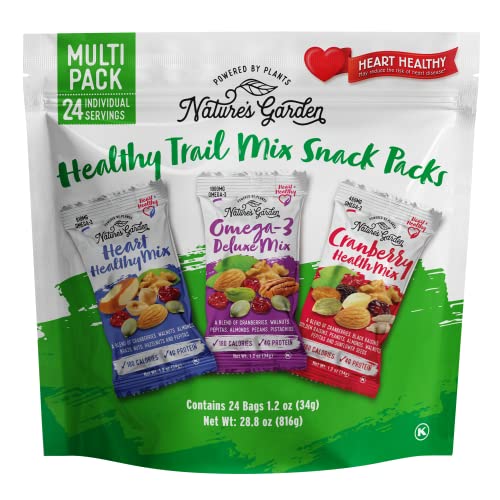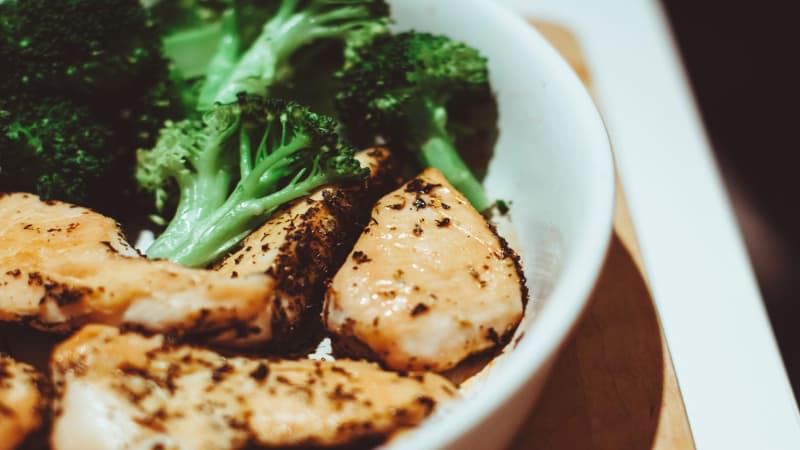There’s something incredibly satisfying about making your own yogurt at home. Not only do you get to enjoy a creamy, delicious snack, but you also know exactly what’s going into it. It’s a fun and rewarding process that can easily fit into your routine, whether you’re a kitchen novice or a seasoned pro.
Benefits of Homemade Yogurt
Making yogurt at home offers numerous advantages that align perfectly with my passion for healthy snacking. I appreciate the ability to control ingredients and create a nutritious option customized to my taste.
Nutritional Advantages
Homemade yogurt is packed with probiotics, beneficial bacteria that support gut health. It contains higher protein content than many store-bought varieties, promoting satiety. I often add fresh fruits or nuts to enhance its nutritional profile, providing vitamins and healthy fats. This combination makes for a balanced snack that fuels energy and keeps cravings at bay.
Cost-Effectiveness
Making yogurt at home proves to be budget-friendly. With just a few simple ingredients—milk and a yogurt starter culture—I avoid the high costs associated with pre-packaged options. A gallon of milk can yield about 4 cups of yogurt, significantly cheaper than buying equivalent amounts at the store. By preparing it myself, I save money while enjoying a wholesome, tasty snack.
Essential Ingredients
To make delicious homemade yogurt, I focus on two main ingredients: milk and a starter culture. Each choice impacts the flavor and texture, making them essential to the process.
Types of Milk
- Whole Milk: Whole milk creates creamy yogurt with a rich texture. The higher fat content enhances the flavor and mouthfeel, making it a popular option.
- 2% Milk: This milk strikes a balance between creaminess and lower fat. It produces a moderately thick yogurt, ideal for those seeking a healthier snack without sacrificing too much smoothness.
- Skim Milk: For those interested in a low-fat option, skim milk works well. Yogurt made from skim milk tends to be thinner but can still be flavorful, especially when combined with toppings.
- Non-Dairy Milk: Almond, coconut, or soy milk serves as great alternatives for a dairy-free yogurt. Ensure the milk includes added protein or a stabilizer for the best texture.
Starter Cultures
- Store-Bought Yogurt: Plain, unsweetened yogurt acts as an excellent starter culture. Look for brands with live active cultures to kickstart the fermentation process effectively.
- Yogurt Starters: Specialized starter cultures, available in powder form, provide specific bacterial strains for a consistent fermentation. These options offer various flavors and textures for customization.
- Probiotic Supplements: Some people use probiotic capsules as a starter. Ensure the capsules contain Lactobacillus and Streptococcus strains, essential for creating yogurt.
Creating homemade yogurt excites me, and I enjoy experimenting with different types of milk and starter cultures to achieve the perfect snack.
Step-by-Step Guide to Making Yogurt
Making yogurt at home is a simple and rewarding process that I love sharing with fellow snack enthusiasts. Here’s how to create this delicious, healthy treat step-by-step.
Preparation
First, gather your ingredients. You need milk and a yogurt starter culture. I prefer whole milk for its creaminess, but you can choose 2% milk or non-dairy alternatives based on your preferences. Heat the milk gently in a saucepan until it reaches 180°F (82°C). This step kills any unwanted bacteria and prepares the milk for fermentation. After that, let the milk cool to about 110°F (43°C). Once cooled, mix in 2-3 tablespoons of your starter culture. Stir gently to combine, ensuring the culture spreads evenly throughout the milk.
Incubation
Next, it’s time to incubate the yogurt. Pour the mixture into a clean container or yogurt maker. Maintain a warm environment to encourage fermentation. An oven with the light on or a warm spot in your kitchen works perfectly. Ideally, the temperature should stay around 110°F (43°C). Cover the container with a lid or a clean kitchen towel and let it sit undisturbed for 6-12 hours. The longer the yogurt ferments, the tangier it becomes. I usually check it around the 8-hour mark for my preferred taste.
Flavoring Your Yogurt
Flavoring homemade yogurt enhances its taste while allowing for creativity. I enjoy exploring various options to keep my snacking exciting and nutritious.
Natural Add-Ins
Natural add-ins provide a wealth of flavor and nutrition. Fresh fruit, such as berries, bananas, or peaches, elevates yogurt with sweetness and color. Nuts and seeds, including almonds, walnuts, or chia seeds, add a satisfying crunch while boosting protein content. For a twist, consider mixing in unsweetened cocoa powder, vanilla extract, or a sprinkle of cinnamon for added depth. Each ingredient not only enhances flavor but also contributes essential nutrients, making each snack more enjoyable.
Sweeteners and Spices
Sweeteners and spices offer great ways to tailor the taste of yogurt. Honey or maple syrup adds natural sweetness without artificial ingredients. Use sparingly to maintain a healthy balance. On the spice front, options like nutmeg or cardamom can transform plain yogurt into an exotic delight. Experimenting with different combinations encourages creativity while ensuring snacking remains flavorful and healthy. Finding the perfect blend becomes an exciting part of the yogurt-making process, fostering a more satisfying snacking experience.
Creative Ways to Use Homemade Yogurt for Snacking
Homemade yogurt opens a world of delicious and healthy snacking options. I love finding inventive ways to incorporate this creamy treat into my daily diet. Here are a couple of my favorite ways to enjoy it.
Yogurt Parfaits
Yogurt parfaits make a vibrant and satisfying snack. I layer homemade yogurt with fresh fruits like berries, bananas, or peaches, providing a burst of flavor and nutrients. Adding a sprinkle of granola brings that delightful crunch. For an extra boost, I mix in nuts or seeds, enhancing the snack’s protein and healthy fats. It’s a quick, customizable option that looks beautiful in a glass!
Dips and Spreads
Homemade yogurt serves as a fantastic base for dips and spreads. I mix yogurt with herbs and spices to create savory options, like a yogurt-based tzatziki or a spiced carrot dip. Both pair perfectly with vegetables, whole-grain crackers, or pita chips. This approach keeps snacking flavorful and nutritious. Plus, yogurt’s creaminess offers a lighter alternative to heavier spreads.
Conclusion
Making homemade yogurt has been such a rewarding experience for me. It’s not just about enjoying a delicious snack but also knowing exactly what goes into it. I love experimenting with different flavors and textures to create something unique every time.
The versatility of yogurt opens up so many snacking possibilities. Whether I’m layering it in a parfait or whipping up a savory dip, it never fails to impress. Plus, it’s a fantastic way to add nutrition to my diet without breaking the bank.
I hope you feel inspired to try making your own yogurt. Trust me it’s worth the effort and you might just find a new favorite snack in the process!
















